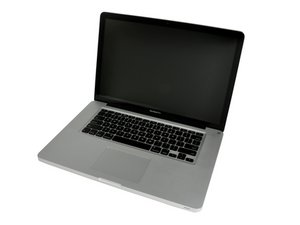Matching the drive to the systems I/O speed is the first thing I would do. This is more important when the drive is a SSD as it can push out the data faster than the system can handle.
Think of it like a faucet (tap), you open it slightly the water spills out with no splashing, Open it fully and a good amount of water is splashing out of the basin!
So the rate of output has a big bearing here! And thats the issue here!
The SATA standard was written so older slower drives could be used in newer systems (not the other way) at the time drives where more expensive than CPU’s!
As the drives improved many drives offered jumpers to adjust the interface. When Ethernet struggled with mismatching of 10 mbps devices connecting to 100 mbps hubs and switches it was clear a better system was needed. The IEEE 802.3 group managed to come to an agreement on how to sense the data rate so mis-matched data rates wouldn’t be an issue. So smart hubs and switches would offer a bridge internally between the two internal networks and depending on what the device was would connect to the proper network via the auto sense ports (system NIC’s, Hub, Switches or Routers)!
Well the SATA group liked this elegant idea! So special HDD/SSD devices which sensed the systems I/O rate and matched it came out! We call these drives Auto sense and the older as Fixed.
So for many years thats where we where! Well time marches on…
Today this extra circuit is mostly not needed as most systems today that are still running are SATA III (6.0 Gb/s) systems! With the pressure of price many drive makers have dropped this circuitry as most don’t need it.
So that leaves us in a bind as you need to have your wits when you have an older system like we have here, you need to review the drives spec sheet to make sure it offers compatibility to the slower SATA data rate your system needs (Auto Sense) if it only lists one SATA data rate its a fixed drive for that one data rate.
So where does that leave us here ??
Time to find the proper SSD for your system! You’ll need to find either an older Fixed SATA II (3.0 Gb/s) drive or find a Auto sense drive like a Samsung 860 EVO SSD which is one of the few SSD’s still offering auto sense technology!
- Note the Interface line in the spec sheet: SATA 6 Gbps Interface, compatible with SATA 3 Gbps & 1.5 Gbps interfaces

 1
1 
 332
332  971
971